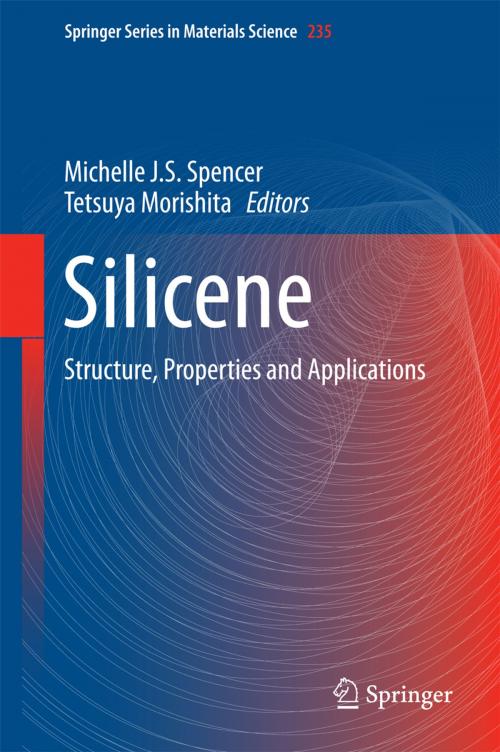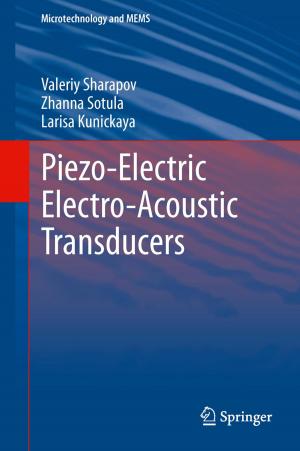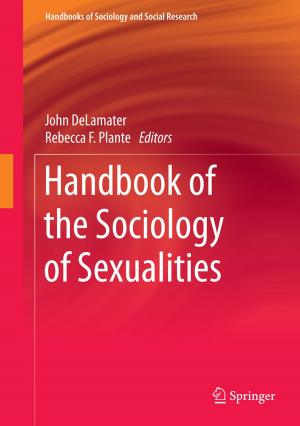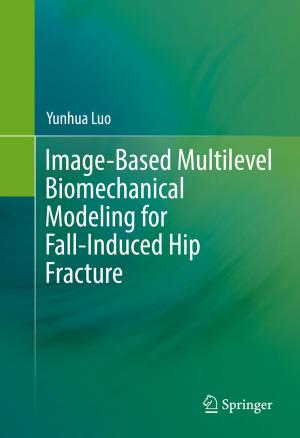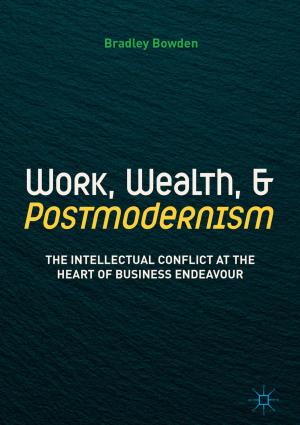Silicene
Structure, Properties and Applications
Nonfiction, Science & Nature, Technology, Electronics, Semiconductors, Material Science| Author: | ISBN: | 9783319283449 | |
| Publisher: | Springer International Publishing | Publication: | February 19, 2016 |
| Imprint: | Springer | Language: | English |
| Author: | |
| ISBN: | 9783319283449 |
| Publisher: | Springer International Publishing |
| Publication: | February 19, 2016 |
| Imprint: | Springer |
| Language: | English |
This book reviews the current state-of-the art of single layer silicene up to thicker silicon nanosheets, and their structure, properties and potential applications. Silicene is a newly discovered material that is one atomic layer think. It is a two-dimensional (2D) nanomaterial that is classified as a nanosheet, which has large lateral dimensions up to micrometres, but thicknesses of only nanometres or less. Silicon nanosheets are currently a very ‘hot’ area of research. The unique properties and morphology of such materials make them ideal for a variety of applications, including electronic devices, batteries and sensors. 2D nanosheets of silicon can be considered as analogues of graphene. As silicon is already the major component of electronic devices, the significance of nanosheets composed of silicon is that they can be more easily integrated into existing electronic devices. Furthermore, if 2D nanostructured Si can be implemented into such devices, then their size could be reduced into the nano-regime, providing unique properties different from bulk Si that is currently employed. The book is written for researchers and graduate students.
This book reviews the current state-of-the art of single layer silicene up to thicker silicon nanosheets, and their structure, properties and potential applications. Silicene is a newly discovered material that is one atomic layer think. It is a two-dimensional (2D) nanomaterial that is classified as a nanosheet, which has large lateral dimensions up to micrometres, but thicknesses of only nanometres or less. Silicon nanosheets are currently a very ‘hot’ area of research. The unique properties and morphology of such materials make them ideal for a variety of applications, including electronic devices, batteries and sensors. 2D nanosheets of silicon can be considered as analogues of graphene. As silicon is already the major component of electronic devices, the significance of nanosheets composed of silicon is that they can be more easily integrated into existing electronic devices. Furthermore, if 2D nanostructured Si can be implemented into such devices, then their size could be reduced into the nano-regime, providing unique properties different from bulk Si that is currently employed. The book is written for researchers and graduate students.
